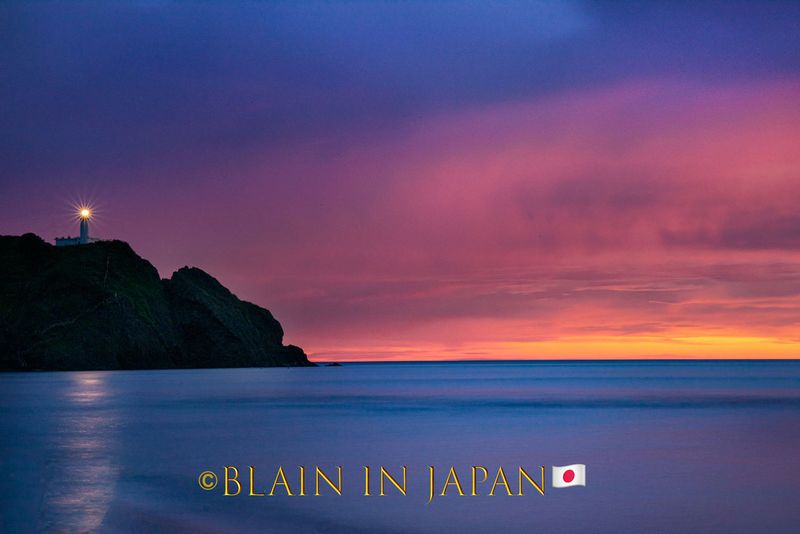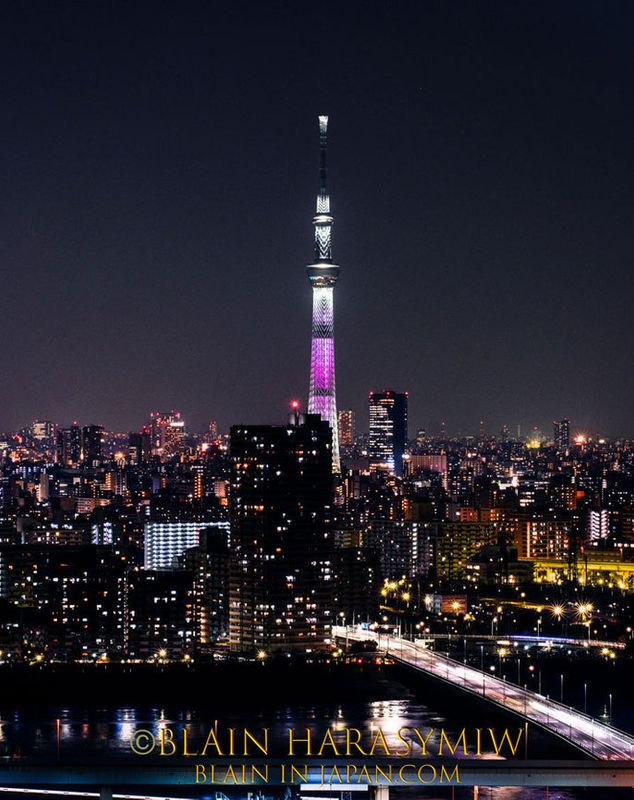Apr 10, 2022
Yukiguni, Niigata - A Seascape Photography Destination
Gallery - Yukiguni, Niigata - A Seascape Photography Destination

Most people outside of Niigata prefecture identify the region as YukiGuni, meaning snow country, as if it snows all year long and dismiss all the other elements of Niigata’s wild frontiers, shrines, temples, samurai castles, Zen gardens, and, in the summer, nightly festivals - in Japanese ‘omatsuri’. Niigata is truly the authentic Japan experience and is home to some of the most out of the way settlements in Japan, dating back thousands of years, and home to locations where arrowheads are still found. Niigata’s rich history and location make it a fantastic destination to experience authentic Japan and is perfect for off the beaten path photography. Approximately 240 kilometers of Niigata prefecture faces the Sea of Japan, and with that much coastline, there are countless locations for breathtaking coastline photography and sunsets.

And in the category of regions to explore and power spots, I would rate Niigata a close 2nd to Hokkaido rather than the baby city Tokyo, as it was born in 1603, and was mainly swampland before that, so come on, how many power spots can a swamp have? First Nations People and others would not build in the region as it is prone to natural disasters such as earthquakes and tsunamis. In high-risk areas throughout Japan, where people have already experienced the effects of the natural disasters, tsunami warning stone tablets were placed from 600 or more years ago, warning people not to build beyond the marker because the marker represented the furthest the tsunami had reached. The stones are between 10 - 15 feet tall and can weigh up to a couple of tons, and they reach as far as 5 - 10 kilometers inland in the lowlands. They’re impossible to miss, but in spite of all this meteorological and geological insight supplied by wise people for a previous era, contemporary builders in some of the dangerous areas have removed the stones thinking they are building modern-day natural disaster-proof buildings.

In seismological terms, along the Sea of Japan, except for the offshore earthquakes that occur every few generations near Akita prefecture, the mainland of Niigata has never experienced devastation on the scale that would require stone tablet markers placed along the coastline, and this is one of the key reasons I feel safe living 10 minutes from the beach. For me, the Sea of Japan is a source of splendid photography, not destruction. Sado Island is a sparkling jewel of Niigata’s coastline, visible from my hamlet's beach, a 10 minute walk from home. Well before the golden hour or blue hour, I often go to meditate, swim, and relax at the beach and capture a few photos before returning home, but a few nights of the year, my friends or my wife and I fall asleep on the sand at the beach and are woken at daybreak.
I never thought I would call Japan my home, but after 20 years I understand the beauty and appeal of Land of the Rising Sun. Part of my affection for Japan stems from my bride, Manami who introduced me to the essence of this magical land. As an amateur historian and sociologist, the uniqueness of Japan’s past captured my heart and soul, bonding me to the society and culture that is now a part of me. This society has embraced me, and I am no longer a visitor, I have recast myself as a cultural hybrid, always updating my identity with the rich cultural information from the past into the present, and, invariably, the future.



0 Comments